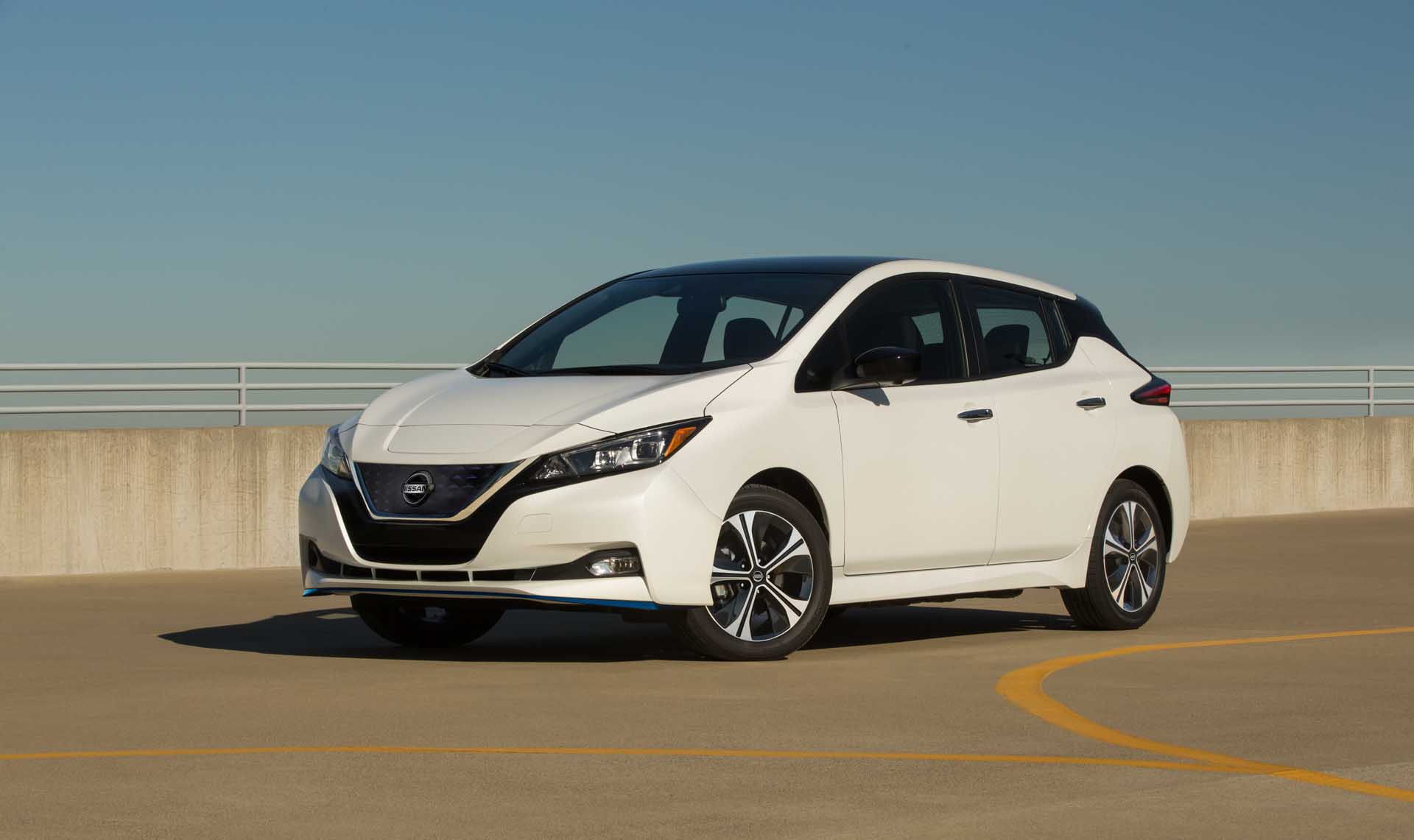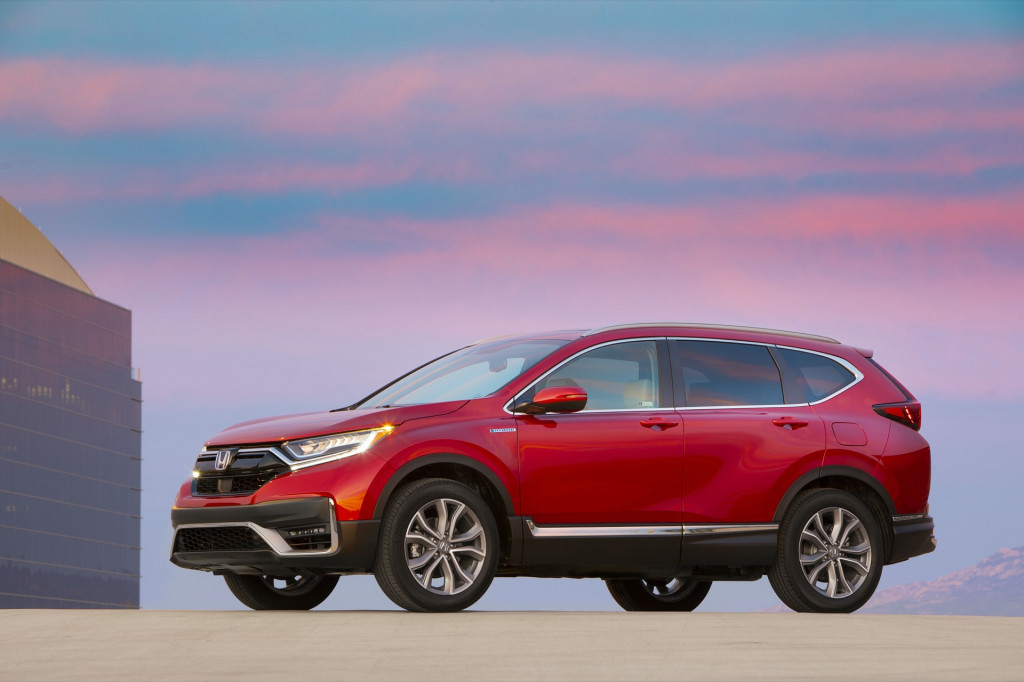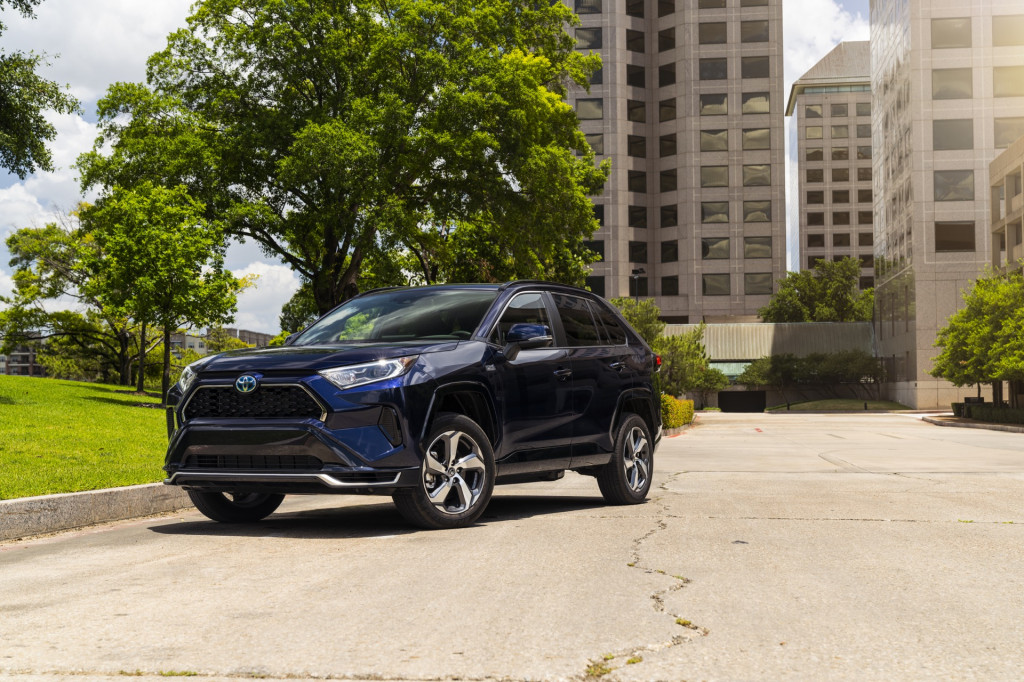

Study: Demand for hybrids and EVs is soaring in rural America
Overall United States hybrid, plug-in hybrid, and EV sales have increased steadily in recent years, but the strongest growth of electrified vehicles has been in rural America, according to new analysis from iSeeCars.
The analysis looked at used-vehicle market share for hybrids, plug-in hybrids, and battery-electric cars between 2014 and 2022, and found that demand is growing faster in areas outside the coastal urban and suburban centers that have been havens for early adopters.
The study, like others from iSeeCars, was based on an unusual methodology aggregating used-car sales. The findings are based on over 16.3 million one to five-year-old used cars sold from May 2021 to April 2022, as well as calendar year 2014, with market shares calculated from that data set.

2022 Honda CR-V Hybrid
The state with the most sales growth during the period studied was Mississippi, which saw demand for hybrids and EVs increase 241% between 2014 and 2022. It was followed by Hawaii, which saw a 116.5% demand increase, and Utah, where hybrid and EV market share grew 97% during the period studied.
For comparison, California ranked ninth, with hybrid and EV market share growing 75.2% between 2014 and 2022. But, for the year to date, California had the highest electrified vehicle market share, at 8.3% of the total market. Despite the impressive growth, hybrids and EVs only achieved 3.1% market share in Mississippi.
The trend isn’t universal, either. Florida previously had an above-average EV adoption rate, but market-share growth has stagnated, according to iSeeCars. In South Dakota and South Carolina, meanwhile, demand for hybrids and EVs decreased in recent years, according to the analysis.

2021 Toyota RAV4 Prime SE
With its emphasis on used-car sales data, this analysis offers just one way of looking at electrified vehicle market share. Looking at the data by cumulative EV registrations, Experian Automotive recently provided a different picture of national EV trends.
But we’ve seen this before—that many of the states with the most EV interest (and sometimes, sales) don’t have a mandate for zero-emission vehicle sales. And we know sales have been robust on a national level. EVs are already at about 5% market share on a national basis and on track to hit about 10% by 2025, by a range of estimations.
The federal charging network that’s starting to take form will help serve some of the rural regions that seem to be experiencing strong plug-in car sales growth. The Biden administration aims to install 500,000 chargers by 2030, with four 150-kw connectors every 50 miles along highways. And other sectors, like the convenience store industry, have underscored that they want to help bringing charging to rural America.
Add a comment Cancel reply
Related posts


Electric SUVs: Top 6 Models for Family Trips











